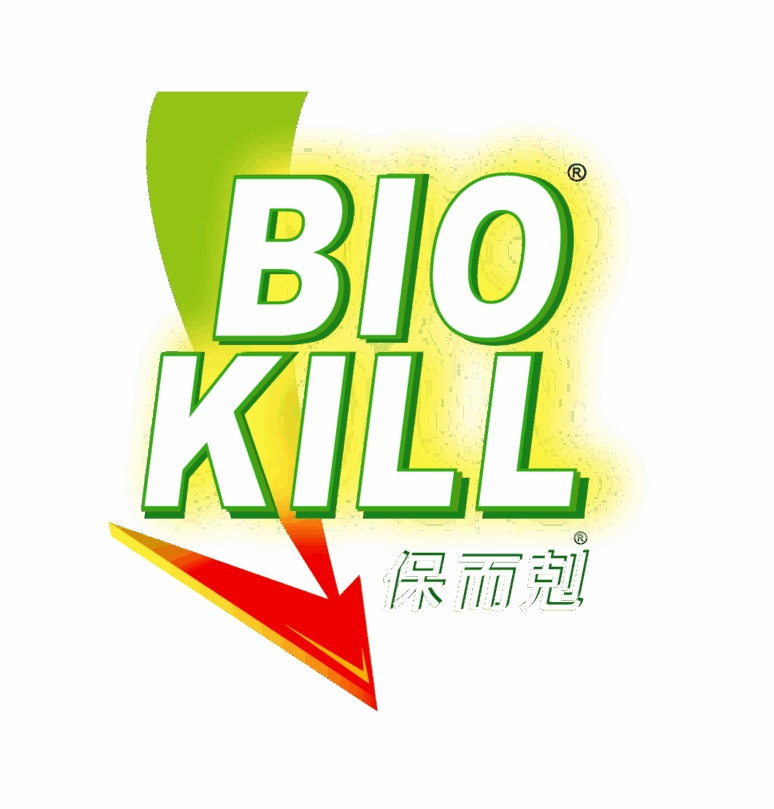COMMON INSECTS - Termite / Wood Destroying Insects
Description
Subterranean termites are social insects that live in nests or colonies in the soil. These colonies contain three forms: reproductives, workers and soldiers. Workers are wingless, white to creamy white. Soldiers are similar to workers, except that soldiers have large, well-developed brownish heads with strong mandibles or jaws. Reproductive males and females can be winged or wingless. Primary reproductives are called swarmers or alates. The colour varies by species from coal black to pale yellow-brown.
Biology
A swarming pair makes a very small nest before mating. Initially, the new queen termite lays only a few eggs. The male, or king remains with the female. After a termite colony matures, which requires 4 years or more, swarmers (primary reproductives) are produced. Swarming usually occurs from May to September, at dusk. These swarms ensure the continuing cycle of the colony.
Habit
Subterranean termites derive their nutrition from wood and other material containing cellulose. Paper, cotton, and other plant products often are actively attacked and consumed by termites. Subterranean termites cannot digest cellulose directly. They depend on large numbers of one-celled animals living in the termite hind gut to break down the cellulose to simple acetic acid, which termites can digest

Description
There are several species of wood-boring insects that reduce wood to a flour-like powder. Exit holes are round and range from 1 – 3mm in diameter depending on the species. Indications of an infestation is the accumulation of piles of very fine powder-like dust beneath the exit holes. Their coloration is reddish brown to black and their size ranges from 3 – 19mm.
Biology
The females lay their eggs in exposed wood pores, cracks, or crevices and the larvae tunnel into the wood. The mature adult bores straight to the wood’s surface and emerges. Indoors, adults will emerge in early spring or late autumn. Development time depending on species can be from 9 months to 4 or more years.
Habit
These beetles attack the sapwood and only that of hardwoods, usually less than 10 years old. Adults are nocturnal, readily fly and are attracted to light. Powderpost beetles are usually brought into structures in wood which contains their eggs and/or larvae.

Description
They build their home inside structures, so that it is hard to detect them. You could find the signs of infestation, such as small holes and pellets.
Biology
Termite couples can create nest inside their chosen wood. They do seal the entrance. Queen lays her first eggs inside a new chamber. Nymphs take responsibilies on works of the colony when they grow enough and soldiers and reproductives develop aslo. Different from subterranean termite colonies, there is no worker caste.
Habit
Drywood termite colonies are smaller and may contain about 10,000 termites only. Drywood termites can damage all kinds of wood in building. Such as, structural timbers, woodwork, furniture and other wooden items. A bit fortunately, drywood termites are less widespread. So, they usually cause less damage than subterranean termites.

